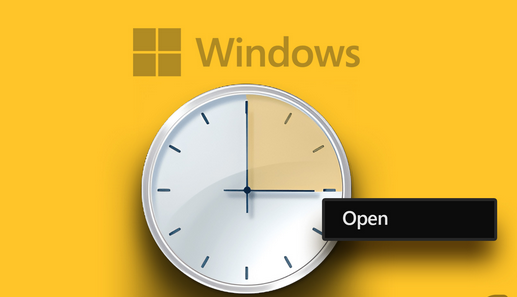11 Ways to Open Task Scheduler in Windows 10. With Task Scheduler, you can set up tasks for your Windows PC at certain times. Using Task Scheduler, you can set up tasks like automatically downloading updates and putting your computer to sleep or shutting down.
But how do you access the task scheduler on your Windows 11 computer? In Windows 11, getting to the task scheduler is easy, and there are several ways to do it. Let’s talk about all of them.
Different Ways To Open Task Scheduler in Windows 11
There are different ways to open Task Scheduler on your PC. The following methods to open the Task Scheduler in Windows 11 are listed below.
1. Using Start Menu
In Windows 11, using the Start Menu is the first way to open Task Scheduler. Follow the steps listed below to do so:
- To extend the Start Menu, press the Windows key on your Keyboard.
- Here, type Task Scheduler, then press the Enter key. Task Scheduler
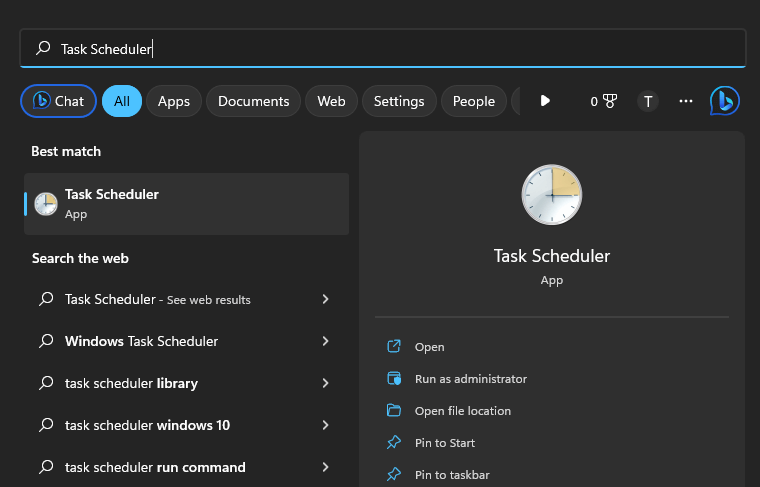
2. Using Windows Tools
Windows 11 comes with Windows Tools, where you can find all the system tools in one place. Follow the steps below to use Windows Tools to open Task Scheduler:
- Open your computer’s Start menu, look for Windows Tools, and then open it.
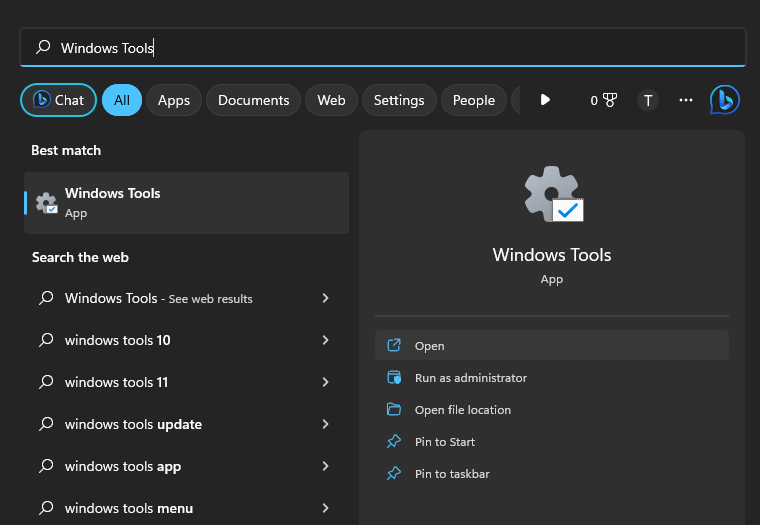
- Please scroll down to Task Scheduler; click on it to open Task Scheduler on your PC.
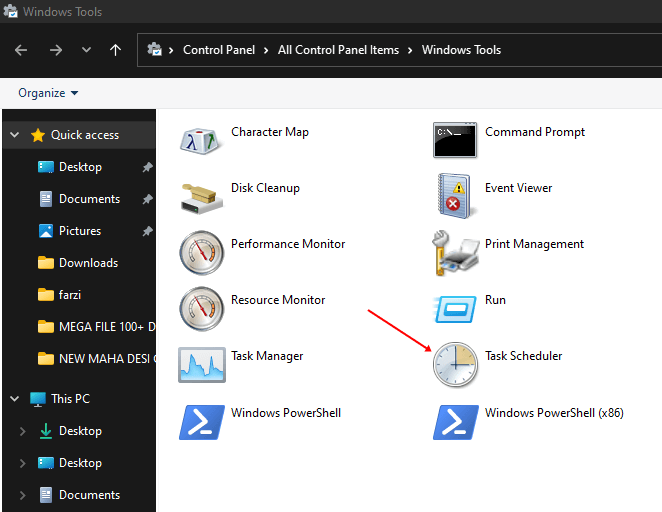
3. Using File Explorer
File Explorer is another way to start the task scheduler. Here are the steps you need to take to do it:
- To open File Explorer, press Windows + E on your Keyboard.
- Click on the address bar at the top and go to the address given below:
C:\Windows\System32
3. You will see a file called taskschd. Double-click on it to open Task Scheduler on your PC. taskschd
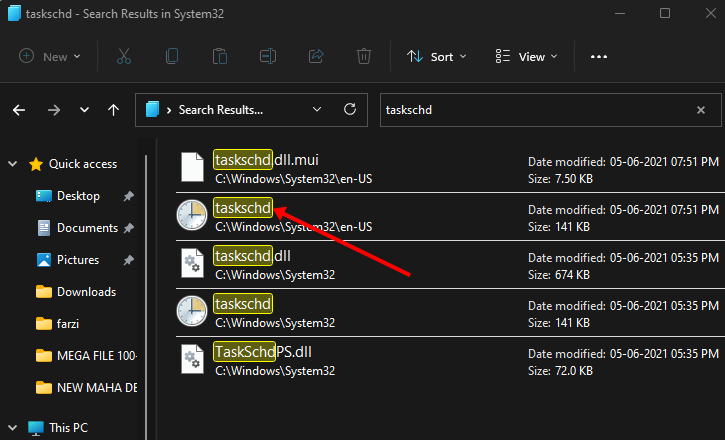
4. Using Control Panel
Control Panel gives you access to all the system tools and lets you change your system. Follow the steps below to use the Control Panel to open Task Scheduler:
- U Use the keyboard shortcut Windows + R to open the Run dialog box.
- Type Control and then press Enter to open Control Panel.
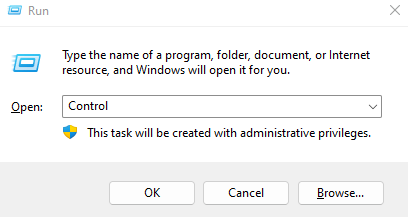
- Here, click the “System and Security” button.
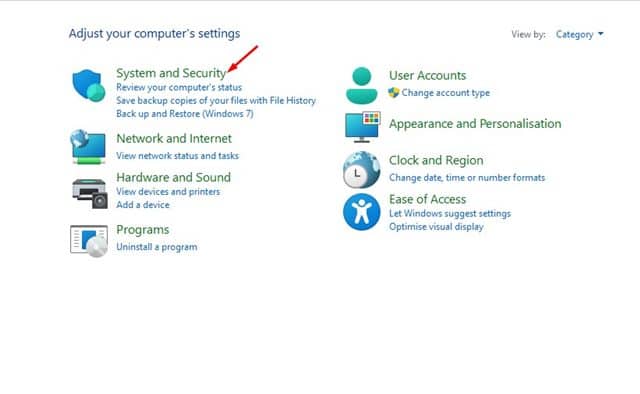
- Under the Windows Tools section, click Schedule Tasks to open Task Scheduler.
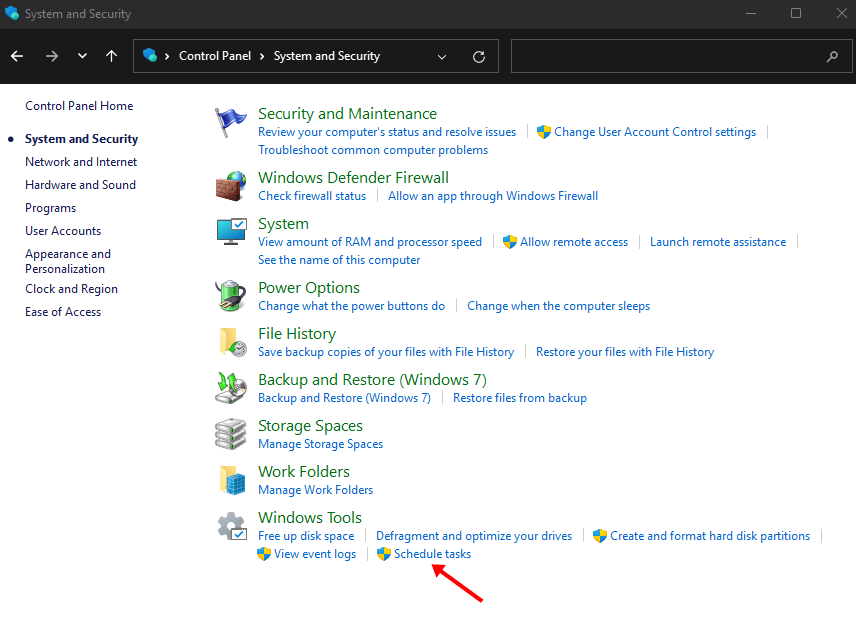
5. Using Computer Management
On Windows 11, you can also open the Task Scheduler by going to Computer Management. Here are the steps you need to take:
- Press the Windows + X key, and then click on Computer Management.
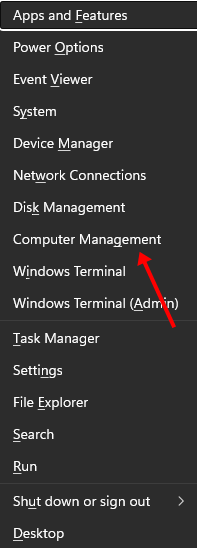
- Click Task Scheduler in the left-hand pane. click Task Scheduler
6. Using Task Manager
The Task Manager is a system tool that lets you start and stop tasks. It can be used to run your PC’s Task Scheduler. Follow the steps listed below to do so:
- To open Task Manager, press the Ctrl, Alt, and Delete keys simultaneously and then connect them.
- Here, click on File and then Run New Task. Type taskschd
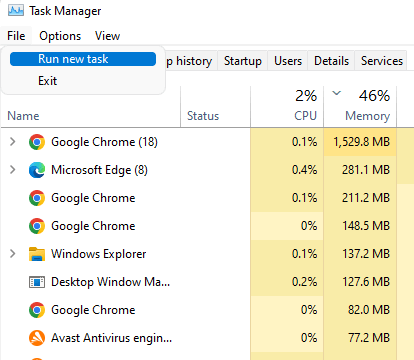
- click OK after running New Task Now
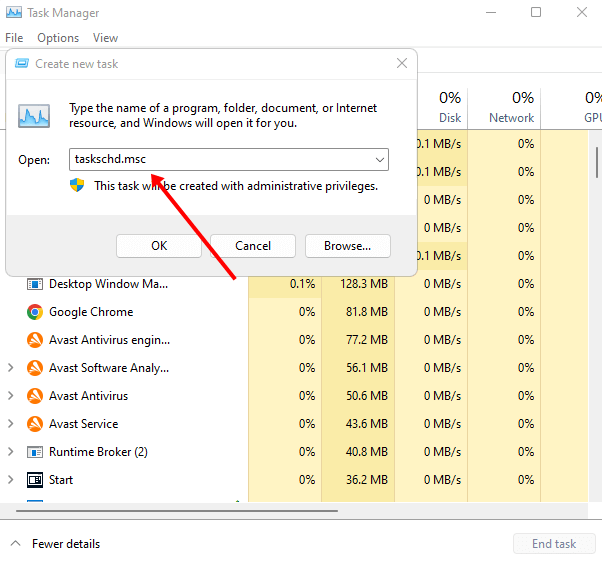
7. Using Run Dialog Box
You can run a program on your PC using the Run Dialog Box. To do this, follow the steps given below:
- Press the Windows and R keys simultaneously to launch the Run dialog box.
- Type tasked. msc in the text field and press Enter.
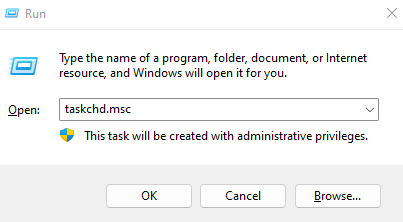
8. Using Command Prompt/Windows PowerShell
To open Task Scheduler, you can run the command in either the Command Prompt or Windows PowerShell.
- Open Command Prompt or Windows PowerShell by selecting them from the Start menu
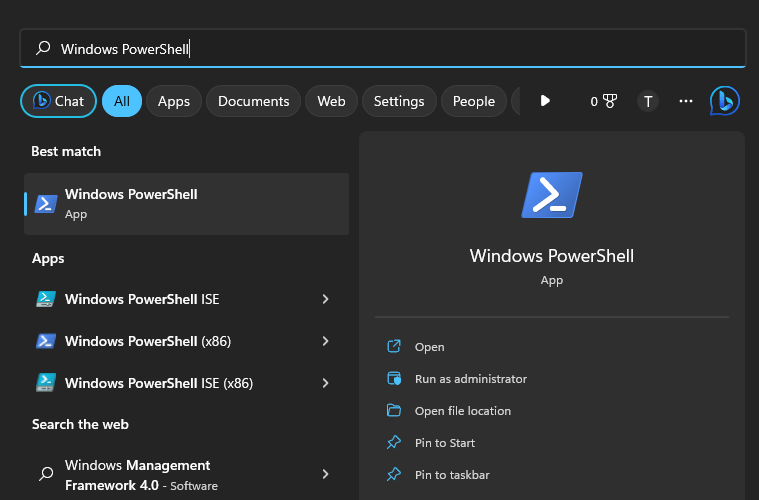
- Please order the following command and press Enter to run it:

Taskschd
9. Using Desktop Context Menu
You can access the Context Menu on the desktop by pressing the Windows + X key combination or right-clicking the Windows icon. This context menu gives you quick access to many choices but doesn’t have Task Scheduler.
You can add Task Scheduler to this menu by changing the register. From there, you can access Task Scheduler directly. Here are the steps you need to take:
- Press the Windows key, type Regedit, and then press the Enter key.
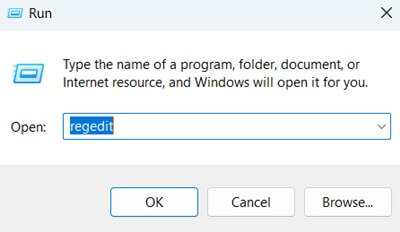
- Click on the top address bar and go to the following address:
-
Computer\HKEY_CLASSES_ROOT\Directory\Background\shell
-
- Right-click on the Shell folder on the left menu, click New, and then click Key.
- Change the name of the Key to Task Scheduler.
- To open Task Scheduler, click on it on the left.
- Right-click on New and then click on Key on the right side.
- Set the new Key’s name to “Command.”
- Click on the Command folder in the left panel to launch it.
- Double-click on Default on the right side to change it.
- Set the Value Data to Control Schedtasks, and then click OK.
- Close Registry Editor, then restart your computer for the changes to
10. Using Shortcut
You can make a shortcut to the Task Scheduler on your desktop. After that, you can access Task Scheduler using the Shortcut you created. Here are the steps you need to take:
- Right-click on the desktop, move the mouse over New and then click on Shortcut.
- Type taskschd. msc in the location field and click Next.
- Type Task Scheduler in the name field, and then click Finish.
- Double-click the Shortcut made on the desktop to open Task Scheduler on your PC.
11. Using the Keyboard Shortcut
You must follow the shortcut method of the task scheduler before you can continue with this step. To do this, you can use the method from the previous step. You can set a shortcut key, and when you press it, Task Scheduler will open. To do this, follow the steps below:
- Click Properties after right-clicking the Task Scheduler shortcut on your desktop.
- At the top, click the Shortcut tab.
- Click on the text box next to Shortcut Key and press a key on your Keyboard. For example, if you press J, the Shortcut that will be created is Ctrl + Alt + J.
- Click Apply, then click OK. Now, whenever you use the keyboard shortcut you set, Task Scheduler will start.
Final Words
These are the only methods to open Task Scheduler in Windows 11. Now you have more than one way to start Task Scheduler. If one method doesn’t work, you can try another. Some of these methods are straightforward for starting Task Scheduler, while others can be hard to follow. Continue with the method that you find most convenient.
